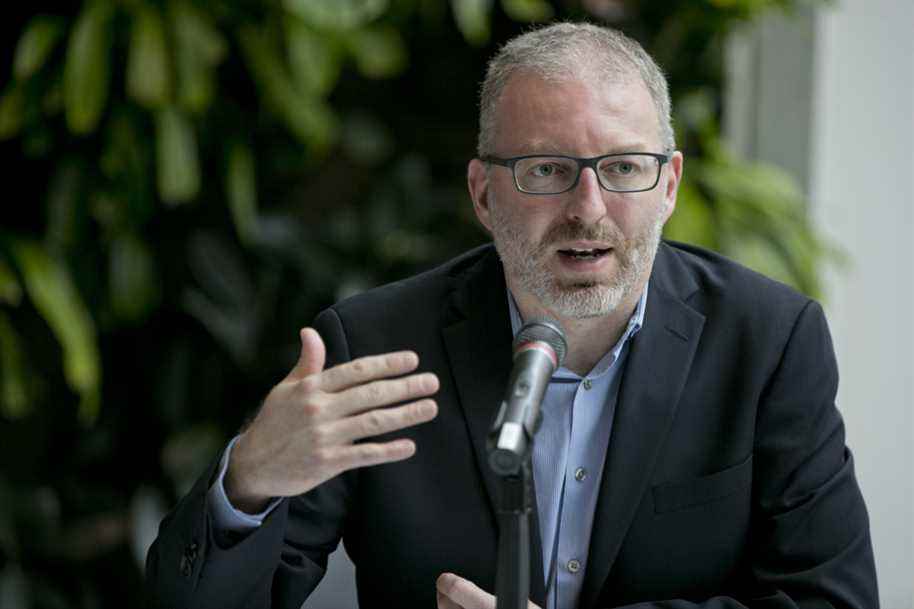(Montreal) Philanthropic foundations have a role to play in the fight against climate change and their investment portfolio is where they can have the greatest impact, argues Karel Mayrand, President and CEO of the Foundation of Greater Montreal ( FGM).
Almost $ 92 billion is managed on behalf of Canadian foundations. These sums could have a greater environmental and social impact if they were invested according to ESG criteria. “A huge lever that we have is that of our financial assets”, underlines Mr. Mayrand during a conference within the framework of the National Philanthropy Day, organized by the Association of professionals in philanthropy (AFP ), Monday.
It is time for foundations to question the impact of their investments, believes the ecologist who was general manager for Quebec of the David Suzuki Foundation for nearly a decade before joining the Foundation of Greater Montreal last year. “Otherwise, we risk trying to do something with the right hand while the left hand does the opposite,” he adds in an interview.
Environmental issues will have an impact on all causes, even those that do not seem directly related. The leader gives the example of homelessness. Heat waves represent a significant risk to the health of the most disadvantaged and organizations in the sector will have no choice but to adapt their interventions to help them. Foundations will therefore have to ask themselves whether their investments are not contributing to the problems they seek to solve.
Because of their size, endowment funds can have a huge impact. Private foundations must donate a minimum of 3.5% of their financial assets to the causes they support. The rest can bear fruit to ensure the sustainability of their mission in the coming years.
The Foundation of Greater Montreal has financial assets of approximately $ 400 million while it contributes “between $ 16 and $ 20 million” each year, explains Mr. Mayrand. “You can’t say to yourself, ‘the $ 400 million we don’t deal with and we just generate returns and try to change the world with the $ 16 million. We have to put this money to work to support the values of our organization. ”
The foundation, which manages more than 700 donor-funded funds to improve the well-being of Montrealers, has set itself the goal of reducing the carbon footprint of its portfolio by 45% by 2030 and achieving carbon neutrality by 2050.
ESG methodology
There are still efforts to be made to standardize ESG investment criteria, recognizes Mr. Mayrand, but significant progress is underway. Montreal will also be a hub in this effort, while the International Sustainability Standards Board (ISSB) will open one of its main offices in Montreal. The new international organization will be responsible for setting environmental standards for businesses on a global scale.
Even if they are not perfect, current methodologies still make it possible to check whether an investment portfolio is on the right track in terms of carbon intensity, according to him. “What we want is to measure the trend. Are we increasing or reducing our carbon footprint? When the methodologies will be more advanced, we will be able to integrate them. ”
The main challenge for foundations that want to reduce their environmental footprint is to adapt to the “speed at which society is changing”.
“It’s hard to see if we can go further. No matter where you invest in the economy, there is fossil fuel consumption and greenhouse gases. It is very difficult to fall to zero.
“We push as far as we can, and then we hope that during the next five or ten years the company will continue to evolve so that we are able to do even more during the next five years”, he continues.
